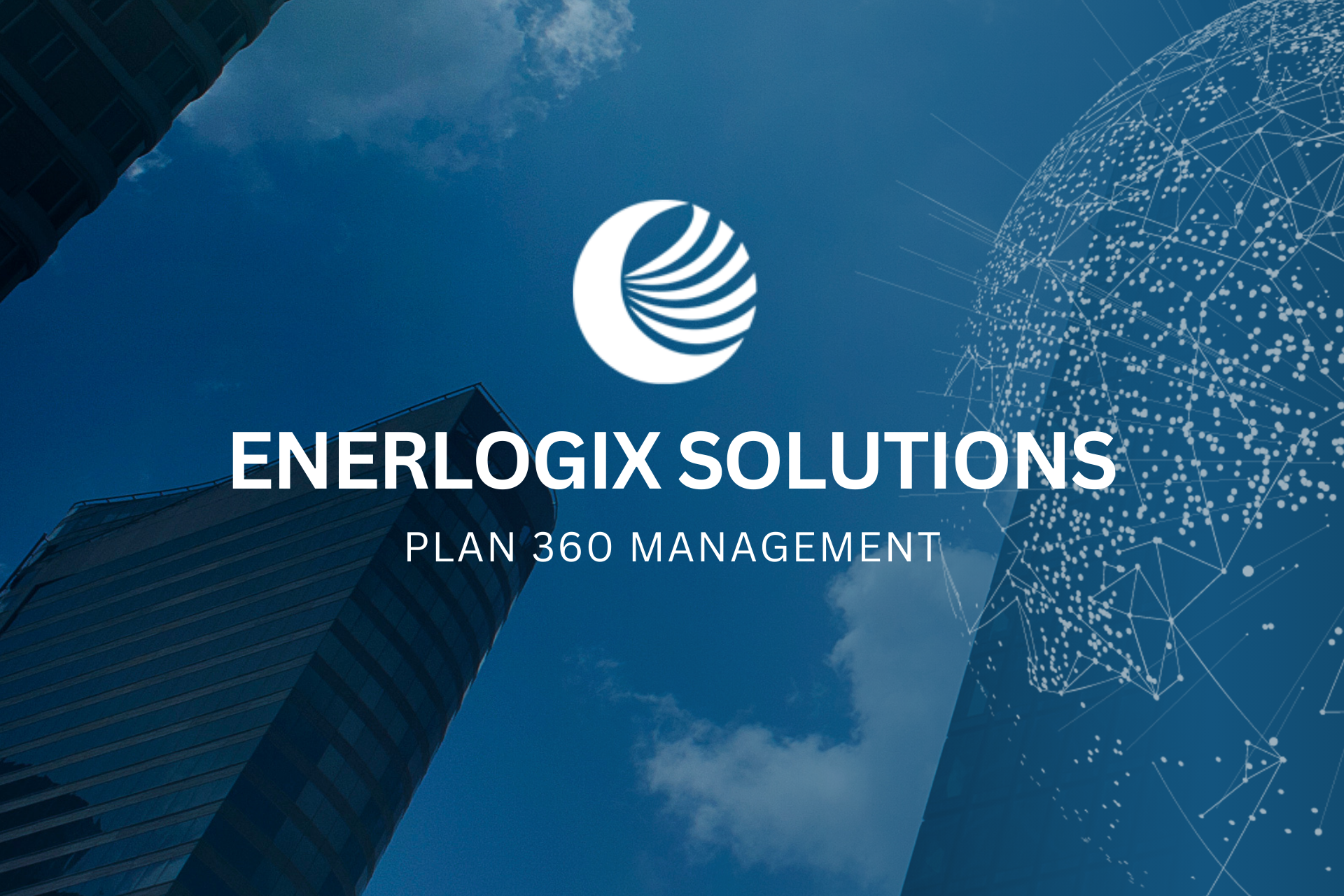Resources That Can Be Transformed into Clean Energy: A Complete Guide
16 de diciembre de 2024
Enerlogix-Solutions
Resources That Can Be Transformed into Clean Energy: A Complete Guide
Introduction
Have you ever wondered how natural resources can be harnessed to generate sustainable energy? In a world where climate change is a constant concern, clean energy emerges as a viable solution. This article explores the various resources that can be transformed into clean energy, their benefits, challenges, and the future of these technologies.
What is Clean Energy?
Definition
Clean energy refers to energy sources that are renewable and have a minimal environmental impact. Unlike fossil fuels, which emit greenhouse gases and pollutants, clean energy is derived from natural resources that are constantly replenished.
Importance of Clean Energy
Transitioning to clean energy is critical for combating climate change, reducing dependence on fossil fuels, and promoting sustainable development. By adopting renewable energy sources, we protect the environment while fostering innovation and creating jobs in emerging industries.
Types of Renewable Resources
Solar Energy
Solar energy is one of the most abundant and accessible resources. It is derived from sunlight and can be converted into electricity or heat.
Photovoltaic Solar Panels
Photovoltaic solar panels transform sunlight into electricity using the photovoltaic effect, where photons excite electrons in a semiconductor material, generating electrical current.
Solar Thermal Energy
Solar thermal energy uses collectors to heat water or air, making it ideal for applications such as building heating or domestic water heating.
Wind Energy
Wind energy captures the power of the wind to generate electricity.
Wind Turbines
Wind turbines convert the kinetic energy of the wind into electrical energy. The wind spins the blades connected to a generator, producing electricity.
Benefits of Wind Energy
In addition to being a clean energy source, wind energy is abundant and scalable, from small turbines for individual use to large wind farms.
Hydropower
Hydropower is generated from the movement of water, including rivers and reservoirs.
Hydroelectric Plants
Hydroelectric plants use water flow to spin turbines, which generate electricity. This type of energy is highly efficient and provides a significant amount of electricity.
Tidal Energy
Tidal energy, another form of hydropower, harnesses the motion of tides to produce electricity. Though still in development, it holds great potential.

Geothermal Energy
Geothermal energy comes from the Earth's internal heat.
How It Works
Heat from geothermal sources can be used for electricity generation or direct heating. Wells are drilled in geothermal areas to extract steam or hot water.
Applications
Geothermal energy is particularly useful in volcanic regions, where Earth's heat is more accessible. It is used for heating buildings, spas, and electricity generation.
Biomass Energy
Biomass refers to organic matter that can be used as an energy source.
Types of Biomass
Biomass includes agricultural waste, wood, and organic residues. These materials can be burned directly or converted into biofuels.
Conversion Processes
Biomass can be converted into energy through thermal, chemical, or biological processes to produce electricity, heat, or liquid fuels.
Wave Energy
Wave energy captures the motion of ocean waves to generate electricity. Although still an emerging technology, devices are being developed to convert wave motion into electrical power, offering a clean and abundant energy source.
Advantages of Clean Energy
Reduction in Emissions
One of the most significant advantages of clean energy is reducing greenhouse gas emissions. By using renewable resources, we lower our carbon footprint and contribute to a healthier planet.
Sustainability
Renewable resources are virtually inexhaustible on a human timescale, making them reliable for long-term energy needs and essential for sustainability.
Energy Independence
By developing clean energy sources, countries can reduce their dependence on imported fossil fuels, improving energy security and economic stability.
Challenges in Implementing Renewable Energy
Initial Costs
One of the main obstacles to adopting clean energy is the high initial investment. Infrastructure, such as solar panels or wind turbines, can be costly, though prices have significantly decreased in recent years.
Resource Intermittency
Some renewable energy sources, like solar and wind, are intermittent, meaning they are not always available. This requires energy storage solutions and proper grid management.
Future of Clean Energy
Technological Innovations
The future of clean energy is driven by ongoing innovations, including more efficient solar panels and advanced energy storage solutions.
Government Policies
Government policies play a crucial role in promoting clean energy through tax incentives, subsidies, and favorable regulations that accelerate the transition to a more sustainable future.
Conclusion
Clean energy is not just a trend; it is an urgent necessity to address 21st-century environmental challenges. With a variety of renewable resources available, we have the opportunity to transform how we generate and consume energy. By adopting these technologies, we protect our planet and pave the way for a brighter, more sustainable future for generations to come.
What are the main sources of clean energy?
The primary sources include solar, wind, hydropower, geothermal, biomass, and wave energy, all derived from renewable resources.
How does clean energy benefit the environment?
Clean energy reduces greenhouse gas emissions, minimizes air and water pollution, and decreases our reliance on finite fossil fuels.
What are the challenges of using clean energy?
Initial costs and resource intermittency are significant challenges. However, advances in technology and energy storage are addressing these issues.
Can clean energy meet global energy demands?
Yes, with continued investment and technological advancements, clean energy has the potential to meet and even surpass global energy needs sustainably.
What role do governments play in promoting clean energy?
Governments can encourage clean energy adoption through incentives, subsidies, and policies that support renewable energy development and innovation.




